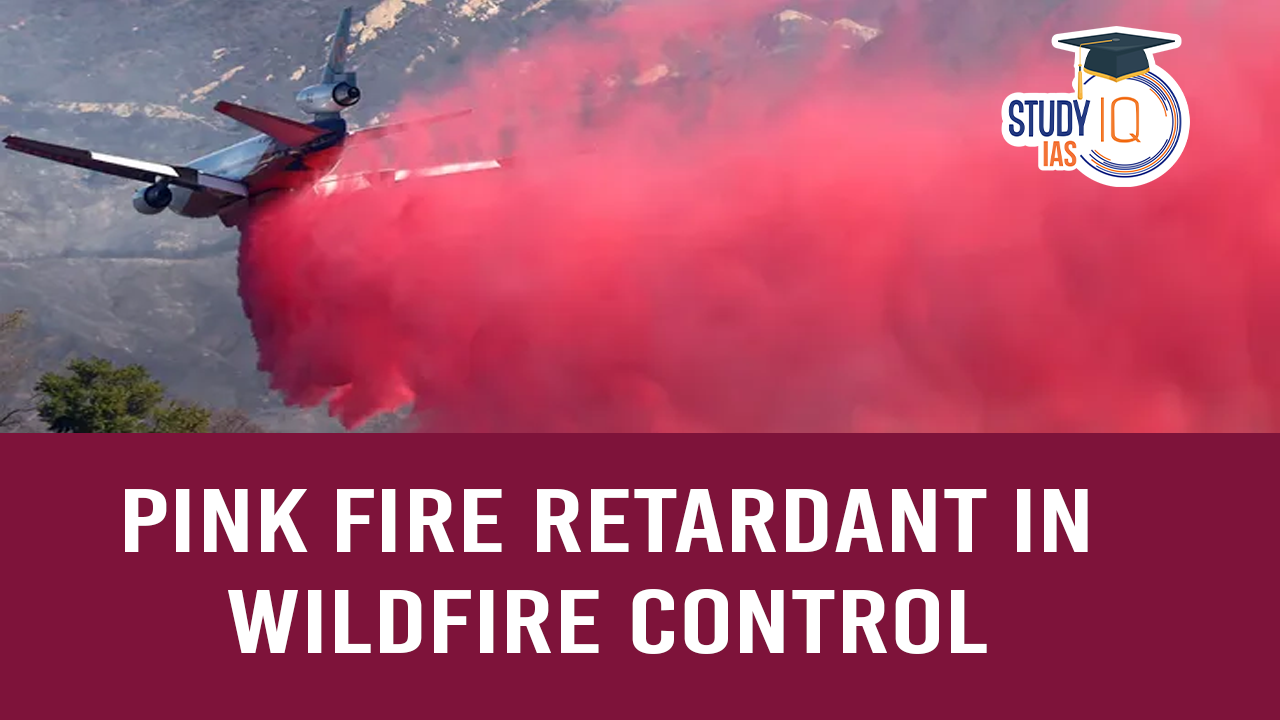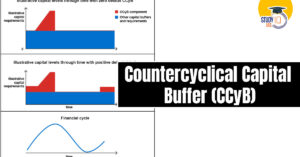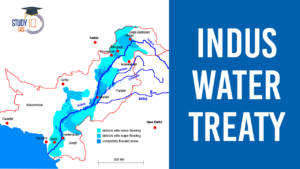Table of Contents
Context
In the face of increasingly severe wildfires, authorities in Southern California have turned to pink fire retardant as a critical tool in their firefighting arsenal. This chemical mix, often deployed via aircraft, plays a significant role in controlling the spread of fires, yet it brings with it a mix of benefits and concerns.
What is Pink Fire Retardant?
Pink fire retardant is a specialized chemical mixture designed to slow or extinguish wildfires by coating vegetation. The primary goal is to prevent oxygen from feeding the flames, thereby reducing the fire’s intensity and spread.
Key Features:
- Composition: The most commonly used fire retardant in the U.S. is Phos-Chek, which contains an ammonium phosphate-based slurry. This formulation enhances its fire-suppressing capabilities.
- Durability: Unlike water, which quickly evaporates, fire retardant remains in place for extended periods, making it more effective over time.
- Color and Visibility: The bright pink hue is intentionally added to ensure visibility against the landscape. This helps firefighters identify treated areas and create effective fire lines.
How Fire Retardant Works
Fire retardant is strategically sprayed ahead of advancing wildfires. By coating vegetation, it reduces the flammability of plant material, effectively creating a barrier that slows the fire’s progress. This method allows firefighters to control the fire more effectively and protect critical areas.
Concerns Surrounding Fire Retardant
1. Environmental Impact
A 2024 study by the University of Southern California (USC) highlighted significant environmental concerns associated with fire retardants, particularly the Phos-Chek brand. The study revealed that it contains toxic metals, such as:
- Chromium and Cadmium: Both are linked to serious health risks, including cancer, kidney, and liver diseases in humans.
These metals also pose a threat to wildlife and can severely impact ecosystems when they enter water bodies.
2. Water Pollution
One of the major concerns is the potential for fire retardants to enter rivers and streams. When these chemicals reach aquatic environments, they can:
- Harm Aquatic Life: The toxic substances in fire retardants can kill fish and other aquatic species, disrupting the delicate balance of ecosystems.
- Ecosystem Disruption: The presence of retardants in water bodies can lead to long-term environmental damage, affecting biodiversity and water quality.
3. Debate Over Effectiveness
The effectiveness of fire retardants is not universally agreed upon. According to Forest Service scientists, the success of retardant use depends heavily on various environmental factors:
- Terrain and Slope: The landscape can influence how effectively the retardant is applied and retained.
- Fuel Type: The type of vegetation or materials burning plays a critical role in how well the retardant works.
- Weather Conditions: Wind, humidity, and temperature can affect the performance of fire retardants.
Cost and Efficiency
Critics of fire retardant use point out that while it can be effective, the method is often costly. The large-scale application required to combat extensive wildfires involves significant expenditure, raising questions about the cost-efficiency of this approach. Some argue that alternative strategies, such as improved forest management and controlled burns, might offer more sustainable solutions.
Conclusion
Pink fire retardant remains a vital tool in wildfire management, helping to curb the spread of devastating fires in vulnerable regions like Southern California. However, its use is accompanied by environmental concerns and debates over its effectiveness and cost-efficiency. Continued research and advancements in firefighting strategies will be essential to balance the benefits of fire retardants with their potential risks, ensuring the protection of both human lives and the environment.


 Countercyclical Capital Buffer (CCyB): P...
Countercyclical Capital Buffer (CCyB): P...
 STELLAR Model: A Game-Changer in Power S...
STELLAR Model: A Game-Changer in Power S...
 Indus Water Treaty 1960 Suspension Hurts...
Indus Water Treaty 1960 Suspension Hurts...





















